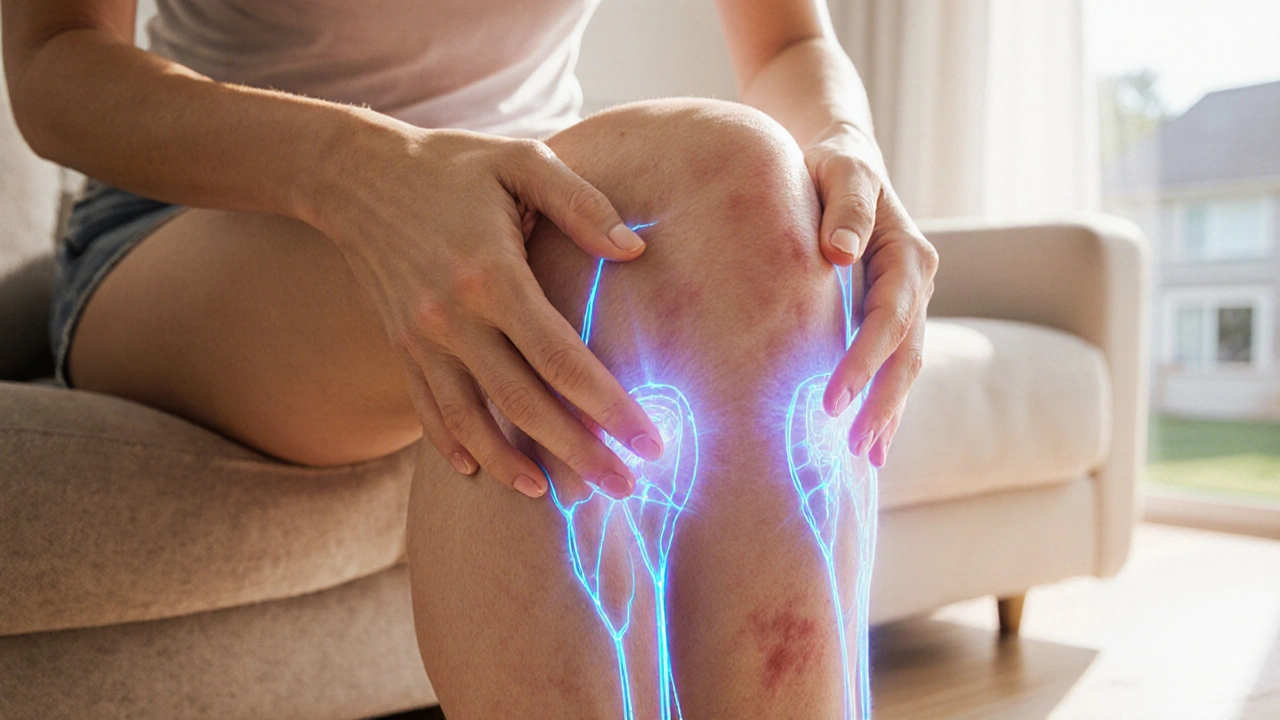Learn the key differences between osteoarthritis and rheumatoid arthritis, plus other common types like gout and psoriatic arthritis. Understand symptoms, causes, and why correct diagnosis matters for treatment.
Osteoarthritis: Causes, Management, and Resources
When dealing with osteoarthritis, a chronic joint condition that causes pain, stiffness, and reduced mobility. Also known as degenerative arthritis, it affects millions worldwide. Cartilage degeneration, the gradual wear‑and‑tear of the smooth tissue that cushions bones is the hallmark of the disease, so osteoarthritis essentially encompasses cartilage degeneration. But the story doesn’t stop at broken cartilage. Managing the condition often requires weight control, because excess pounds add stress to knees, hips, and spine. Physical therapy, targeted exercises and manual techniques designed to improve strength and joint range is a cornerstone of care, offering a non‑drug way to boost function. Meanwhile, pain relief medications influence osteoarthritis symptom management by reducing inflammation and making daily tasks more tolerable. In short, the disease is a mix of tissue breakdown, mechanical stress, and the body’s response, and the best outcomes come from tackling each piece together.
Key Factors to Know
Beyond the basics, several related concepts shape how you cope with osteoarthritis. Over‑the‑counter options like NSAIDs, non‑steroidal anti‑inflammatory drugs such as ibuprofen and naproxen can blunt pain, but they also carry gut and heart risks that need monitoring. Supplements such as glucosamine or chondroitin aim to support cartilage health, yet evidence varies, so talk to a pharmacist before starting. Lifestyle tweaks—regular low‑impact cardio, weight‑loss programs, and ergonomic tweaks at home or work—can slow joint wear and improve quality of life. When conservative measures fall short, surgical routes like joint replacement become options; these procedures rely on solid bone health, where drugs like Fosamax (used for osteoporosis) may play a supporting role. Emotional well‑being matters, too: chronic pain can strain mental health, and resources that address the emotional challenges of related conditions, like ankylosing spondylitis, often offer useful coping tools for osteoarthritis patients. Together, these elements create a toolkit that lets you manage pain, preserve function, and stay active.
Below you’ll find a curated list of articles that dive deeper into each of these topics— from detailed drug comparisons and safe online purchasing guides to practical tips for weight management, supplement use, and coping with chronic joint pain. Whether you’re looking for the latest on pain‑relief meds, guidance on physical‑therapy routines, or insight into bone‑health strategies, the collection offers actionable information to help you take charge of your osteoarthritis journey.
Explore how joint pain signals arthritis, learn the differences between osteoarthritis and rheumatoid arthritis, and discover practical steps to manage symptoms and protect joint health.


